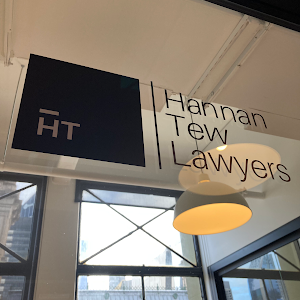
If you’re applying for a partner visa in Australia, one of the first questions you will likely ask is: “How long will this take?”
The reality is that processing times depend on several factors, including where you apply from (within Australia or from overseas), how complete your application is, the strength of your relationship evidence, and the current workload of the Department of Home Affairs (the Department).
This article outlines the current partner visa processing times and provides tips on how to help ensure your application is processed as smoothly as possible.
What are the current processing times?
The Department publishes estimated processing timeframes on their website, but it’s important to note that these can vary significantly – every application is different. These figures illustrate how long it took to process visas that were approved at the time of publishing, and do not necessarily reflect how long an application lodged today may take.
As of October 2025, current processing times are as follows:
Temporary Partner Visas
Subclass 820 (onshore): 50% of applications are finalised within 13 months, and 90% within 20 months.
Subclass 309 (offshore): 50% of applications are finalised within 14 months, and 90% within 26 months.
As a rule of thumb, we generally expect a visa to fall somewhere within the 50th to 90th percentiles (i.e. 13-20 months for the 820, and 14-26 months for the 309).
If you apply for the onshore Partner (Subclass 820/801) visa in Australia, you will be granted a Bridging Visa A (BVA), which activates when your current substantive visa expires. This allows you to stay lawfully in Australia while your partner visa is being processed.
The BVA typically allows you to work and study, and in certain circumstances, you may apply for a Bridging Visa B (BVB) if you need to travel overseas while your application is pending. If you apply for the offshore Partner (Subclass 309/100) visa, you do not receive a BVA, so you would need to wait for your visa to be approved, or apply for another visa to be able to enter Australia during processing (such as a Visitor visa).
Permanent Partner Visas
At this stage, for both the Subclass 801 (onshore) and Subclass 100 (offshore), 50% of applications are finalised within 9 months, and 90% within 18 months. This is calculated from the date of eligibility (i.e. 2 years from lodgement date), rather than from date of submission of the relevant form.
Applicants continue to hold their temporary partner visa (Subclass 820 or 309) while their permanent stage (Subclass 801 or 100) application is being processed.
What impacts the processing time?
Processing times vary significantly from one application to another.
Key factors that influence how long your partner visa application might take include:
- Completeness of the application: Missing documents, incomplete relationship evidence or unclear identification can delay assessment.
- Strength of the relationship evidence: The department will closely examine your mutual commitment, co-habitation, shared finances, social recognition of your relationship and future plans together. Please see our article here for what the Department assess and types of documents you can provide.
- Police clearances and health examinations: These checks can take longer depending on your personal history or country of origin. They also expire after 12 months, and if they lapse during processing, the Department may require updated versions before a decision can be made.
- Department workload: Resource allocation, current pipeline of ongoing visas (i.e. how many other visas there are to process), prioritisation of visa streams, migration year targets, and external factors such as legislative changes can all impact processing speed.
What can be done to minimise delays?
Some practical tips to help avoid unnecessary delays and improve chances of timely processing include to:
- Prepare your evidence thoroughly: Submitting comprehensive and well-organised relationship evidence can prevent the Department from issuing formal requests for additional documents. Our separate Partner visa document checklist outlines the types of evidence we suggest providing.
- Use a migration lawyer: Getting professional help at the outset can ensure your application is accurate, complete, and well-supported.
- Respond promptly to Department requests: If the Department asks for additional information, respond as quickly as possible. Delays in responding can significantly extend your processing timeframe.
Need assistance?
At Hannan Tew Lawyers, we frequently assist clients with all aspects of Partner visa applications. If you need legal assistance or have an immigration related query, you can contact our experienced team by email at [email protected] or by phone at +61 3 9016 0484.
You can also subscribe to our newsletter to stay up to date with the latest in immigration news.

